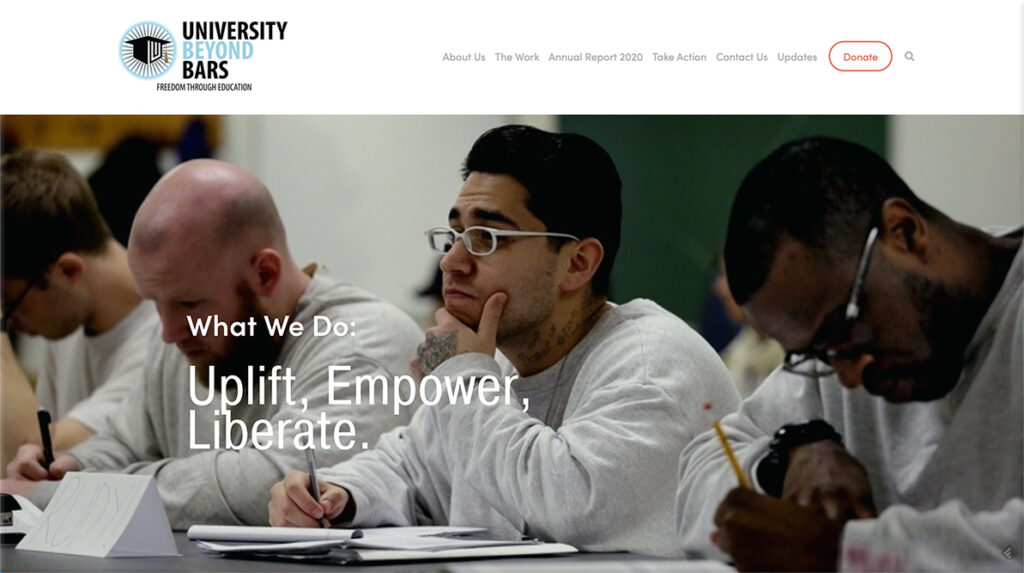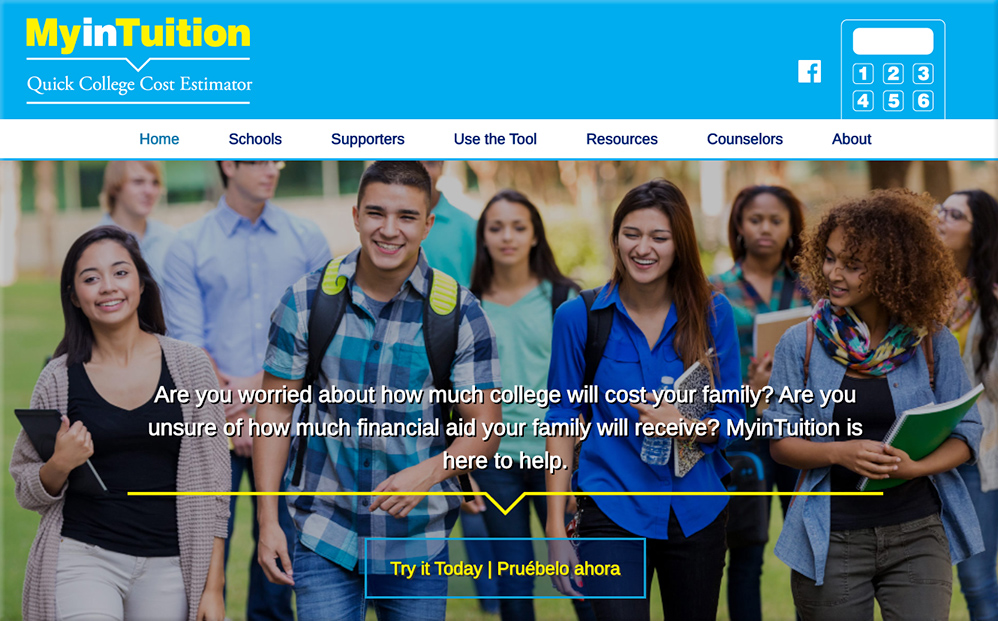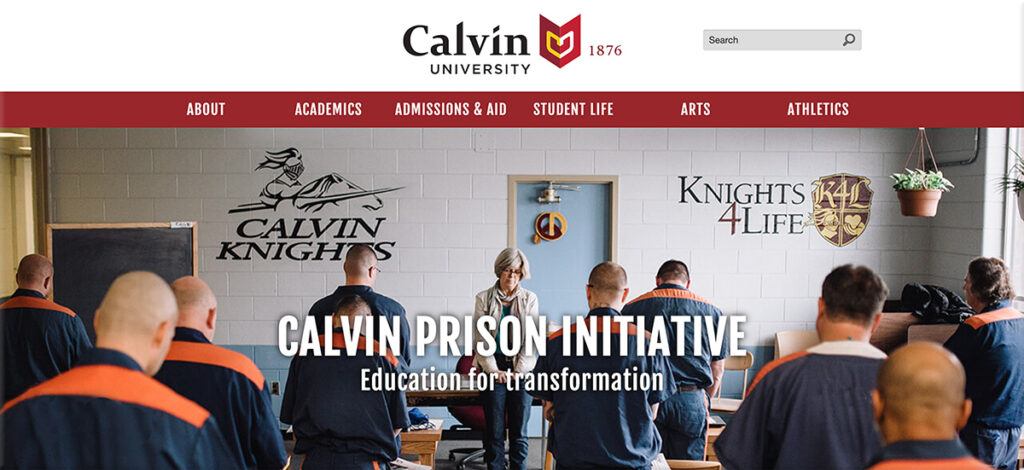How Much Does College Really Cost? — from chronicle.com by Phillip Levine
The opacity of pricing hurts students — and institutions.
Excerpts (emphasis DSC):
Many institutions have reported average statistics on their own web pages for quite some time to no avail — students do not believe average statistics. What they want to know is how much is this college going to cost me?
…
Real affordability is sacrificed in the name of perceived affordability at these institutions.
…
A college education is an investment that generates substantial returns. It does not need to be free. It just needs to be affordable — and not just for the rich, but for everyone.
Also relevant/see:
I Grew Up Believing I Was Dumb. A College Education Behind Bars Healed That Wound https://t.co/PsUZ2LyOxa via @MarshallProj
— Paul Czarapata (@pczarapata) April 21, 2022
Seeing the possibilities, I finally took a chance. I studied English, political science and finite math, and each class I passed deepened my confidence and self-love.
This growing self-love was key to my academic development. Growing up, I didn’t experience much real love, outside of my mother and a few family members. I most often encountered the kind of false love expressed through violence and monetary possessions. College changed the way I thought about myself and others. I worked hand-in-hand with men from all backgrounds to complete assignments, and even taught other students. Before I knew it, I was getting A’s on my essays and solving quadratic equations in math class.
…
When people question why it’s important to educate prisoners, I remind them that to see change, we must support change. We must give individuals the opportunity to see themselves as more than the harm they’ve caused, more than what was once broken within them.
Christopher Blackwell
Also relevant/see:

Teaching: Fresh Approaches to Faculty Development — from chronicle.com by Beckie Supiano
Excerpt:
Baranovic can’t imagine returning to the old model: He’s sticking to panels in Zoom. Among the benefits, he says: “This arrangement breaks institutional silos, allows faculty to talk more about their experiences, shares effective practices from sources faculty trust (their peers), creates a stronger sense of community, makes it easy for panelists (they receive the questions ahead of time if they want to prepare, but because they’re speaking to experience, they don’t really have to prepare), and creates a form of support that works like therapy but doesn’t feel like therapy.”
Next, Baranovic hopes to turn the panels into a podcast format for professors unable to attend in real time.
From DSC:
As someone who had been involved with Teaching & Learning Centers for years, I can tell you that it’s very disheartening to put together a training session for faculty members and have very few — if any — people show up for it. It’s a waste of time and it leaves the T&L staff and/or IT staff members feeling discouraged and unvalued.
Over the years, I developed a preference for putting things into an asynchronous digital format for faculty members and adjunct faculty members to access per their own schedules. The institutions that I was working for got a greater ROI from those sessions and they were able to visit an internal “course” or website to reference those materials on-demand.
I also like the idea of podcasting here, but that takes a lot of time and effort — and isn’t always possible when you are one person trying to assist hundreds of faculty members (from a technical support and an LMS admin standpoint).
As an Instructional Designer, I also want to comment that it’s hard to help steer a car if you can’t even get into the car. Those institutions that are using team-based approaches will be far more successful in designing and developing more polished, effective, accessible learning experiences. Very few people can do it all.














